The Article
Pro-Ject Debut III S Audiophile: Let’s Twist Again
8th February 2018
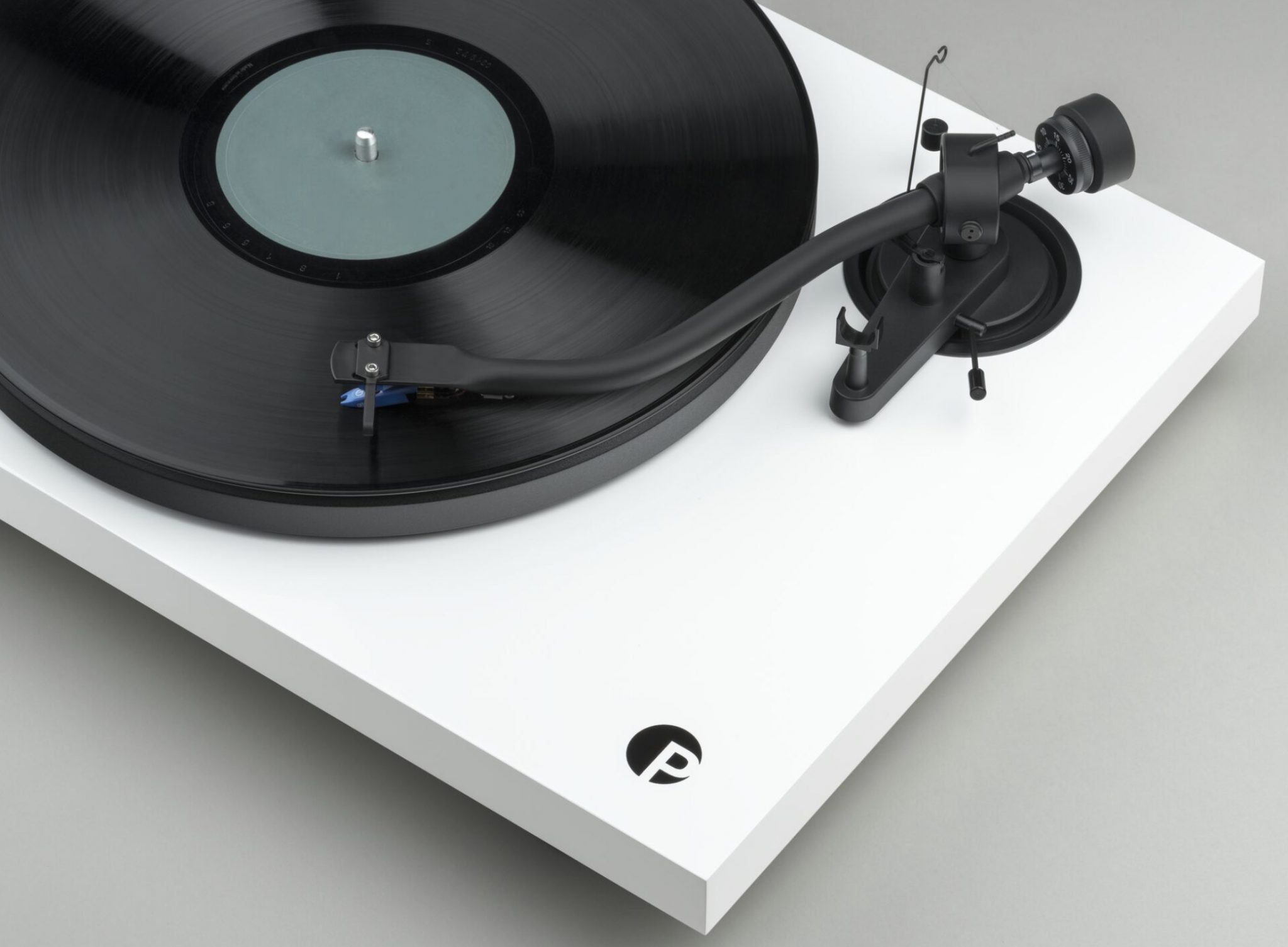
Released onto the market this week, Pro-Ject presents another turntable in its Debut line. As Paul Rigby finds out, the Pro-Ject Debut III S Audiophile has a few twists
One of the power houses of turntable production and a company that has taken full advantage of the vinyl resurgence, Austria’s Pro-Ject has established itself in a dominant position within the hi-fi market. Not only have many happy and satisfied analogue fans bought Pro-Ject turntables but, for the prospective buyer, there’s so may to choose from!
Take the Debut line of turntables alone which offers the Debut RecordMaster, the Debut S/E3, the Debut Carbon DC, the Debut Carbon Phono USB, the Debut Carbon Esprit SB, the Debut Carbon RecordMaster Hi-Res and now the Debut III S Audiophile.
This belt-driven, two-speed turntable arrives with a synchronous motor driving a steel platter topped by a felt mat with a stainless steel axle in a brass bearing housing. Spanning 415 x 118 x 320mm and weighing in at 5kg, the new Debut arrives in either black or white and shows off its new and rather sexy S-shaped arm. This 8.6”, one-piece tonearm may very well spark a level of nostalgia for hi-fi of yore. It certainly takes me back to my 14th year and my first ever turntable with an S-shaped arm courtesy of Technics. This Pro-Ject model is rather more advanced, arriving with an aluminium construction and featuring the newly developed Ortofon Pick it 25 A cartridge. Based upon the OM series of cartridges, the Pick it 25 A, made exclusively for Pro-Ject’s use, includes silver spools.
The Debut III S Audiophile uses the same platter, sub-platter and motor as the Debut Carbon while, underneath, you’ll find new aluminium/TPE feet instead of the normal plastic, inverted conical anti-resonant feet. Around the back are sockets for the included Connect it E phono cables (hence, you can upgrade the cables further, if you wish).
On the top of the plinth is a power switch on the front left with a snazzy, yet minimalist new logo on the front right.
The new logo represents a new direction for Pro-Ject. A couple of years ago it reached its 25th anniversary and to mark that occasion the company broke ground on a new purpose-built facility in Austria. Located between the company’s long-time home of Vienna and its production facility in Litovel (in the Czech Republic). This facility combines warehousing, logistics, marketing and extensive space given over to product display and design.
Set-up for the new Debut is unremarkable and usual for this type and class of turntable. After siting the turntable, the adjustable feet can be tweaked for a slightly uneven surface. The belt needs the be added over the pulley, the platter and mat fitted over the sub-platter, the tonearm weight added to the rear of the arm, the anti-skate thread/weight applied to the rear of the tonearm, tracking force added and the included lid attached. I decided to leave the lid off to avoid any possibility of vibration and noise entering the system during tests. I would recommend that you leave it off during play too for the same reasons and place it loosely on the MDF plinth afterwards.
Changing speed is accomplished by manually lifting the platter and moving the belt from one fully groove to another.
This is a manual deck so you will need to lift the arm on and off before and after play is completed but a damped arm lift is supplied for those who need it.
So, what are we to make of all that then? Well the clue, of course, is in the name. Whereas the Debut Carbon Phono USB offers a built-in phono stage and the RecordMaster offers DSD recording of ripped vinyl, this Audiophile variant moves away from the ‘toys’, moves up, in terms of sound quality from the likes of the recently released Pro-Ject Primary and looks to follow the sound quality priorities of the likes of the S/E3 and Carbon DC. Yet, as you can see by the price, it tries to balance this goal by adding value to the package.
So how far does that sound quality go?
SOUND QUALITY
I began with Ian Dury & The Blockheads’ Inbetweenies from Do It Yourself (1979). First impressions? One word. Commanding. There is a great solidity across the frequency spectrum, a tremendous sense of control and confidence about everything that the Debut III S does. The enhanced parts obviously have a large part to play in this excellent sonic ability but I also point at the secure nature of the plinth which is massy, heavy, thick and solid. This gives the bass an amazing firmness for the price, a sense of bass mass that you don’t often find within belt-driven turntables at this price point. In fact, bass is one of the Debut III S’ highlights. It sets a real foundation for this track, giving the song both impetus and a sense of reliable maturity. You feel that you’re in capable and secure hands here. There’s never any threat that the music will suddenly fly off the handle and inject a rogue frequency here and there to create sonic ‘wobbles’.
In terms of the upper frequencies, the commanding nature of the turntable adds a sense of focus to the music preventing any threat of smear. Again, in midrange terms there is a sense of assurance and poise.
There is also the issue of noise or the lack of it, in the Debut III S’ case. This low noise output helps to push the stereo image backwards, giving the vocals a sense of depth while also releasing subtle details such as vocal reverb, giving the vocal performance a rich, layered aspect. The low noise also adds to the detail count as the newly found silence allows normally shy details to poke their heads above the parapet, as it where. Even easily heard sequences such as the cymbal bashing during the middle eight were enhanced. This treble sequence was tonally more accurate with longer and larger reverb tails to add a sense of occasion.
On the jazz-infused He Loves Me from Ethel Ennis, the precision exhibited over the soundstage allowed the command of the general frequency range to enhance both air and space across the soundstage, giving the backing jazz orchestra a sense of lightness and a fleet of foot that belied its size.
Bass saxophones provided weight and power, trumpets were almost playful in a brassy way while the notable cymbal taps were both fragile and delicate.
Ennis’ own vocal performance, meanwhile, was both musical, tuneful, full of innocent, skipping through daisies energy, oozing emotion and emphasis.
CONCLUSION
Purely on a nostalgia level, I do love an S-shaped arm on a turntable and its a joy to reveal just how good it and the rest of the Debut III S sounds as a source combo. Providing a strong and yet relaxed suite of self-assured bass frequencies combined with low noise-induced midrange detail that enhances clarity and the intelligibility of even complex arrangements, the Pro-Ject Debut III S Audiophile is an accomplished analogue performer capable of providing impressive and even startling performances.
PRO-JECT DEBUT III S AUDIOPHILE
Price: £325
Tel: 01235 511166
Website: www.henleyaudio.co.uk
TO BUY CLICK BELOW:
EUROPE – https://amzn.to/3jPqmBN
GOOD: low noise, confident soundstage, mature bass, midrange clarity, design
BAD: nothing
RATING: 8
REFERENCE
Rega RP1 Turntable
Rega Brio-R amplifier
Spendor A1 speakers
Tellurium Q cabling
Blue Horizon Professional Rack System
Harmonic Resolution Systems Noise Reduction Components
All vinyl was cleaned using an Audio Desk’s Ultrasonic Pro Vinyl Cleaner

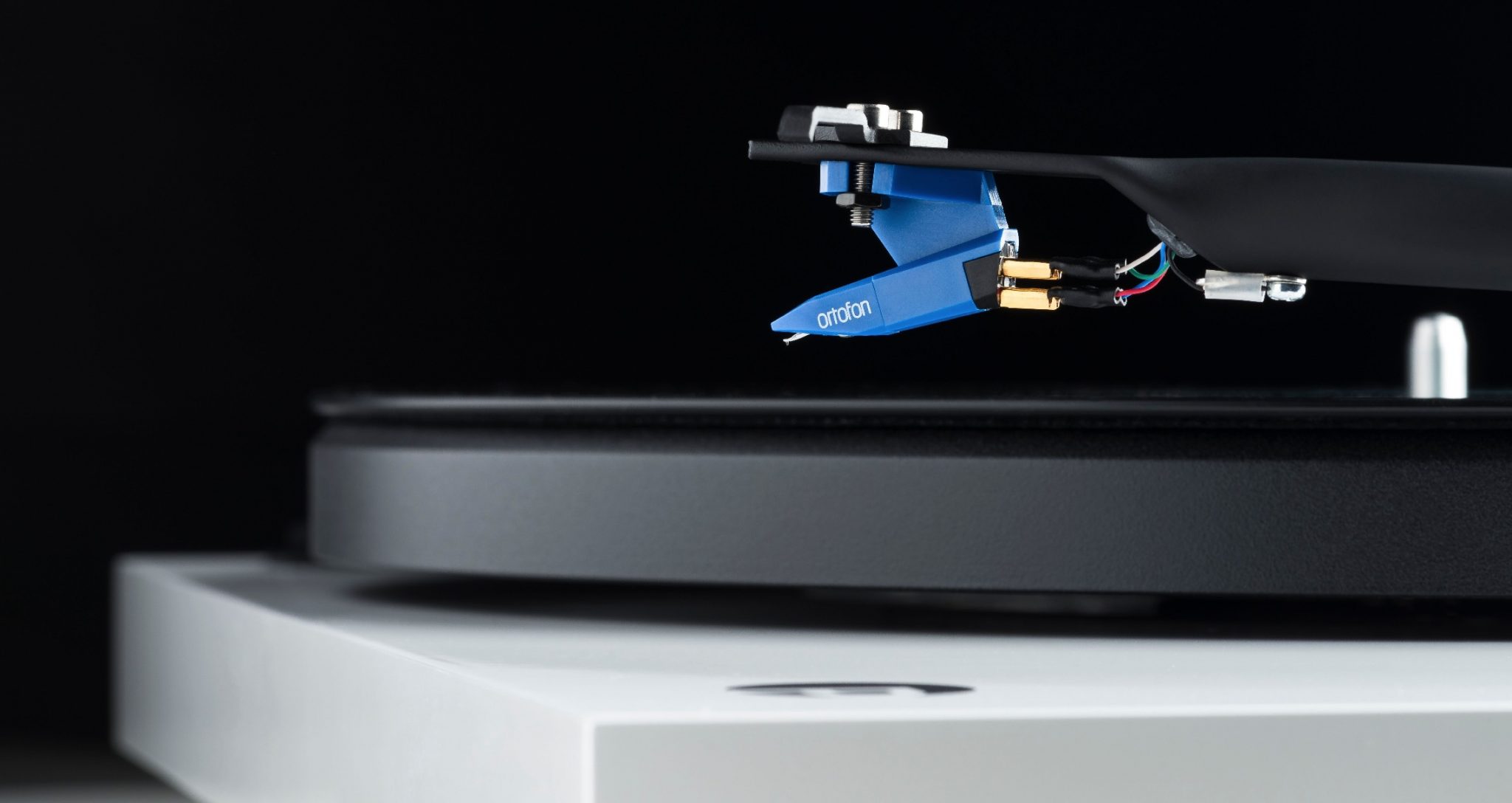
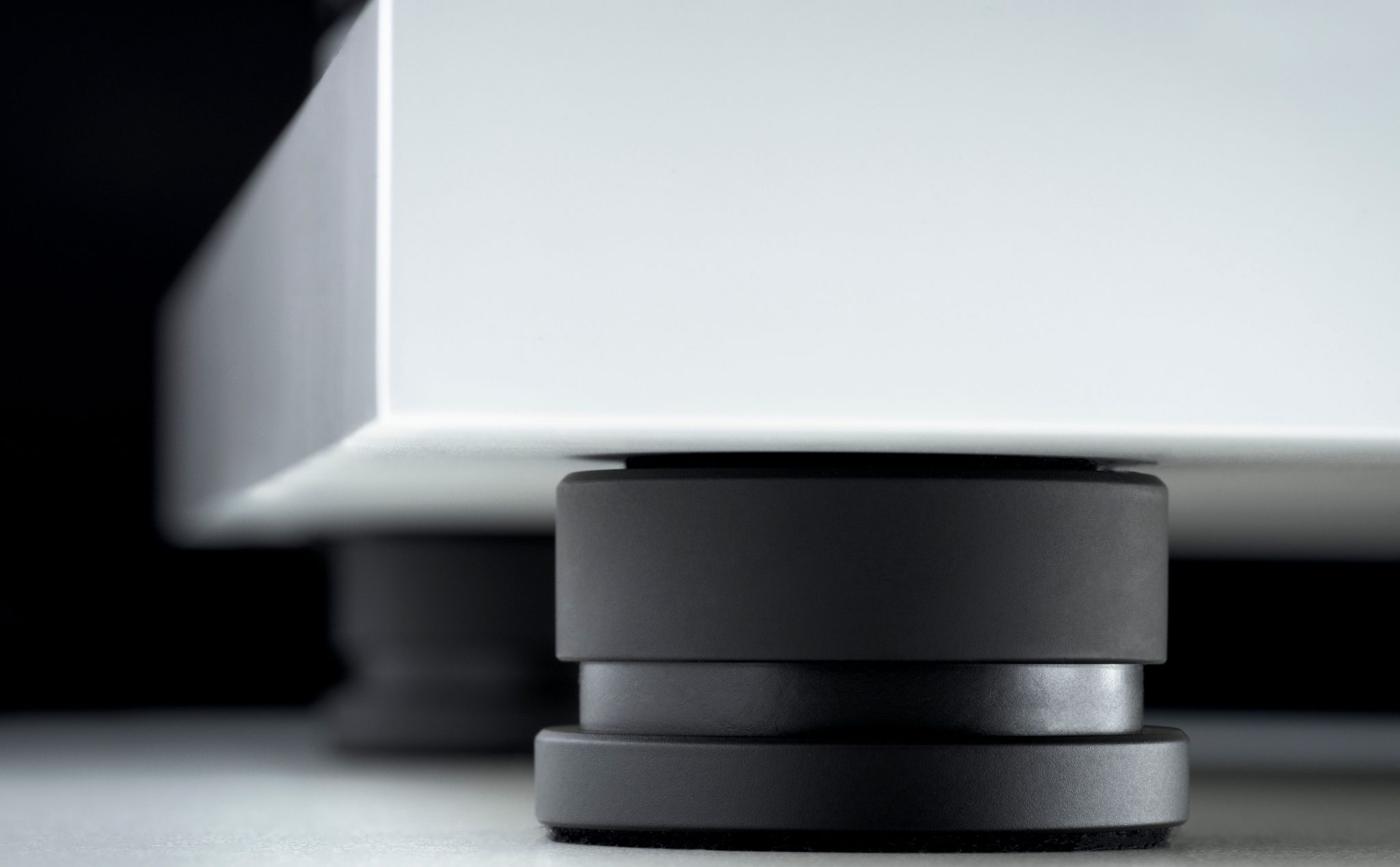
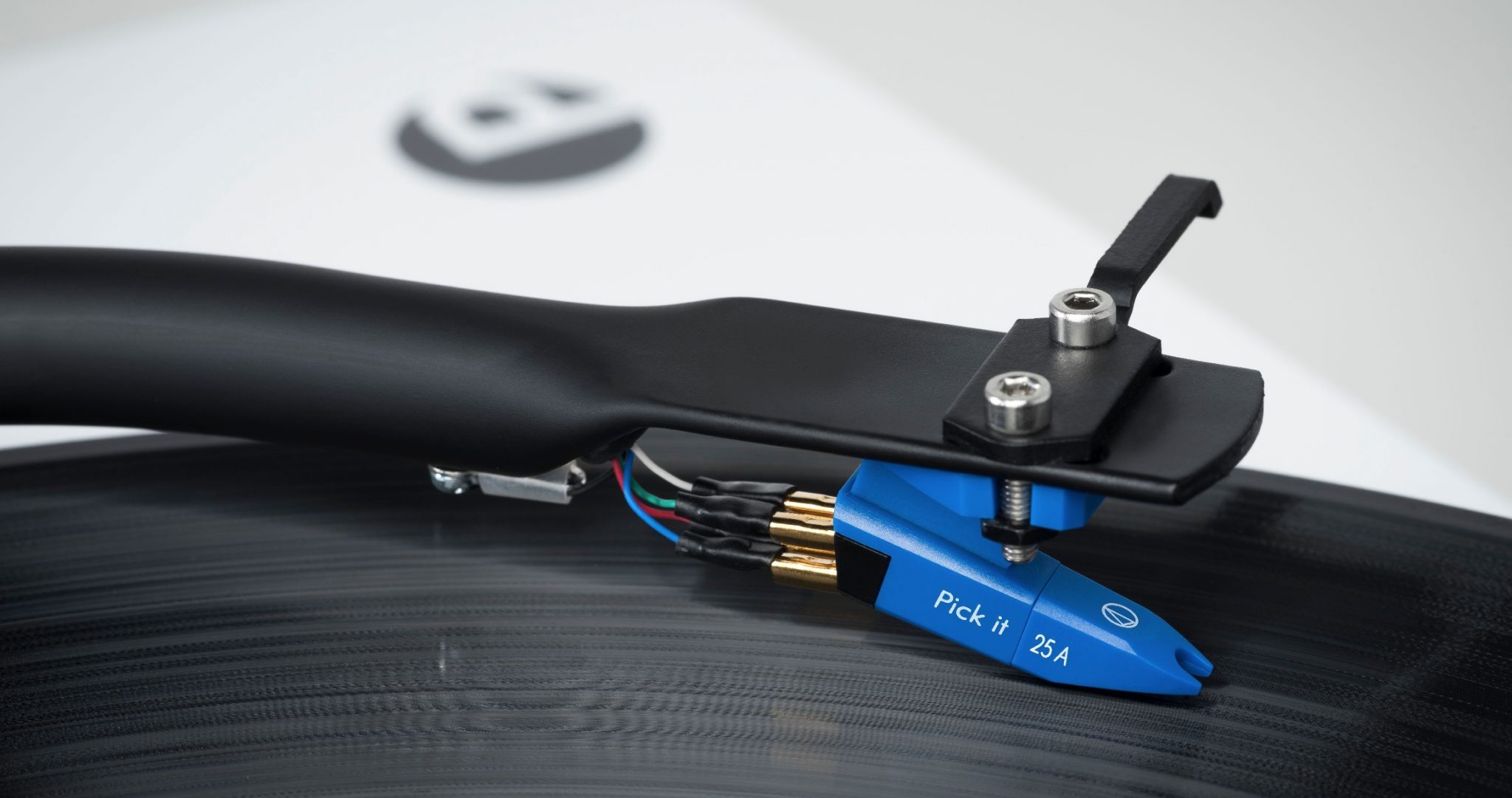
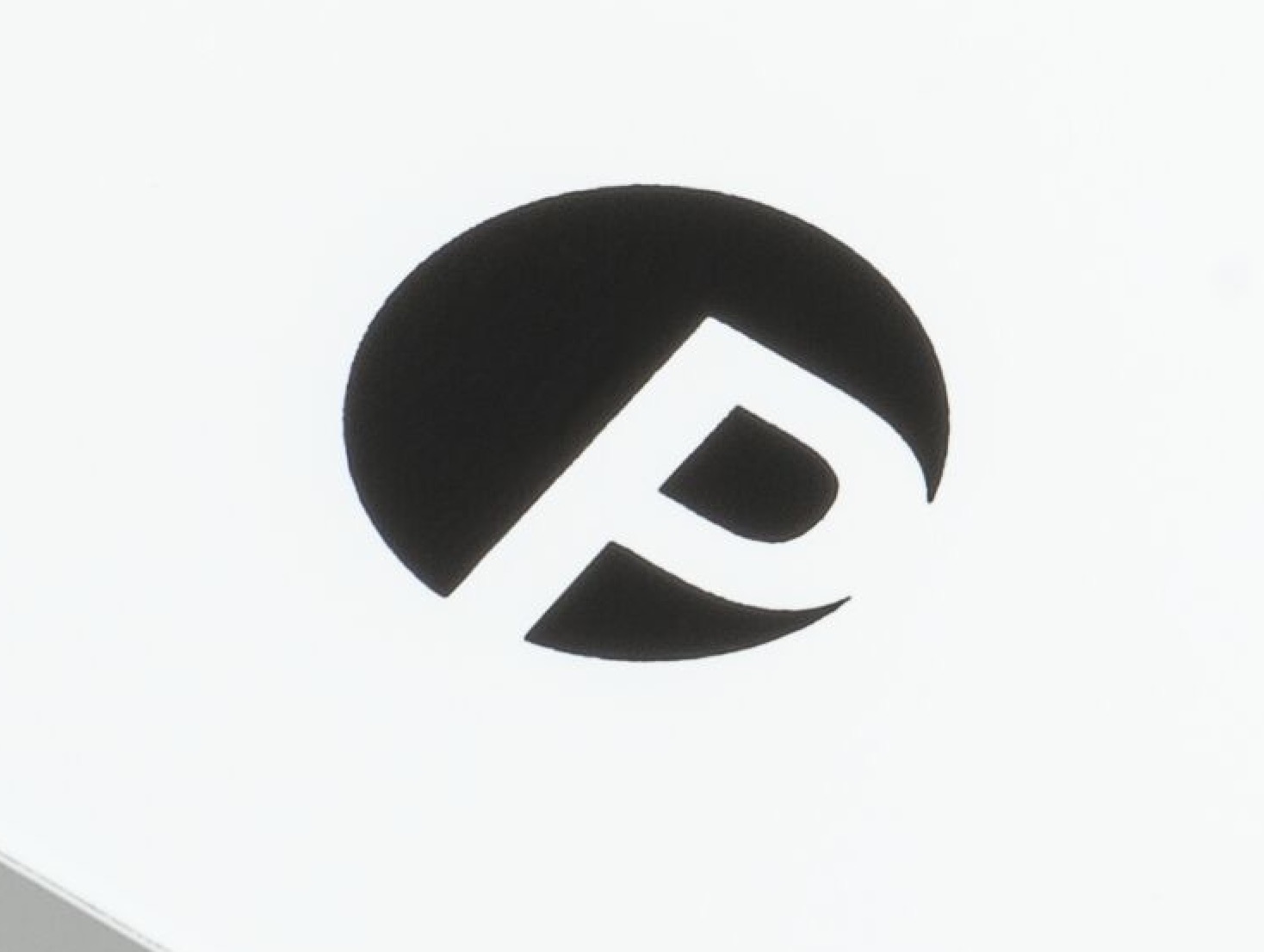
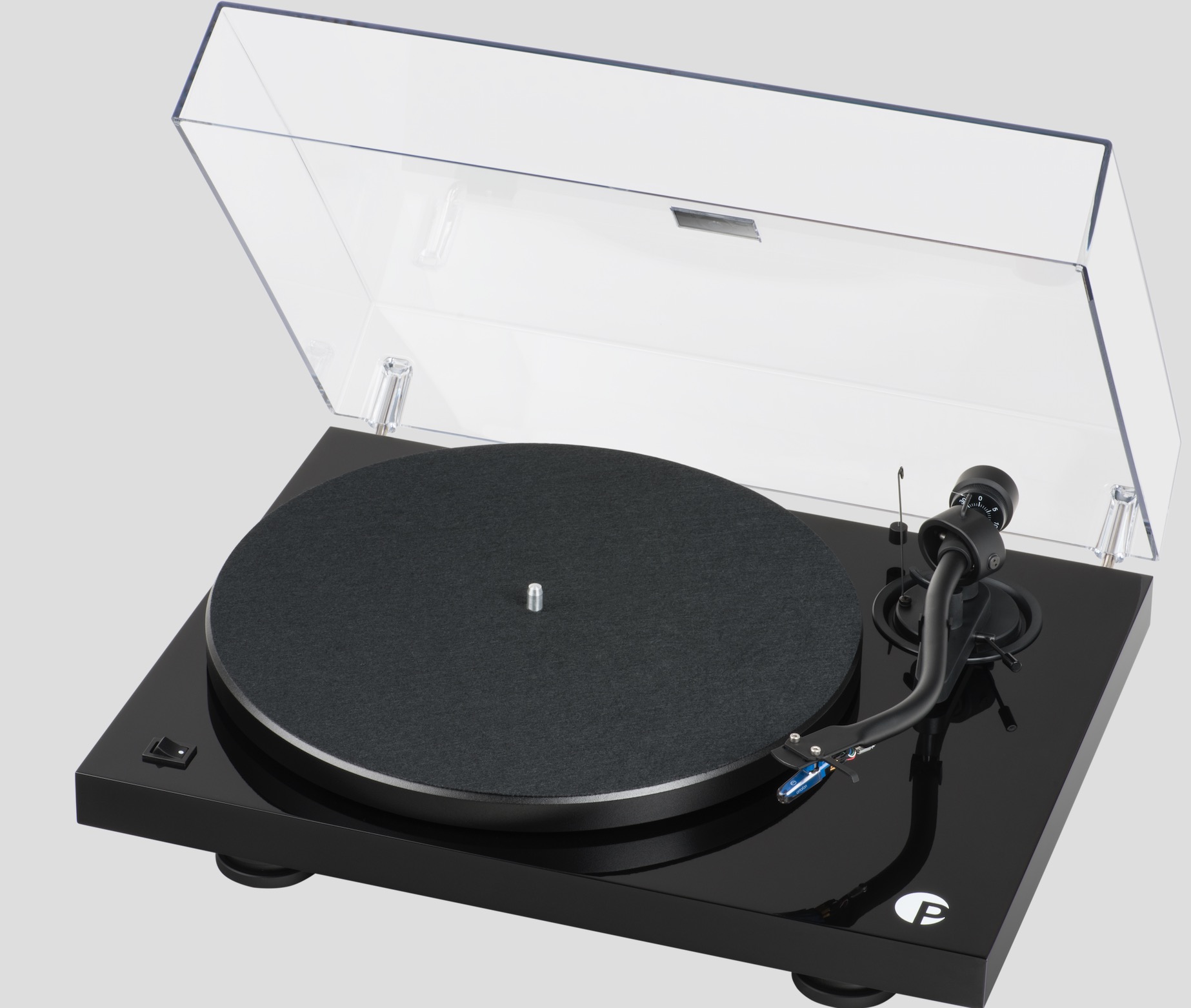
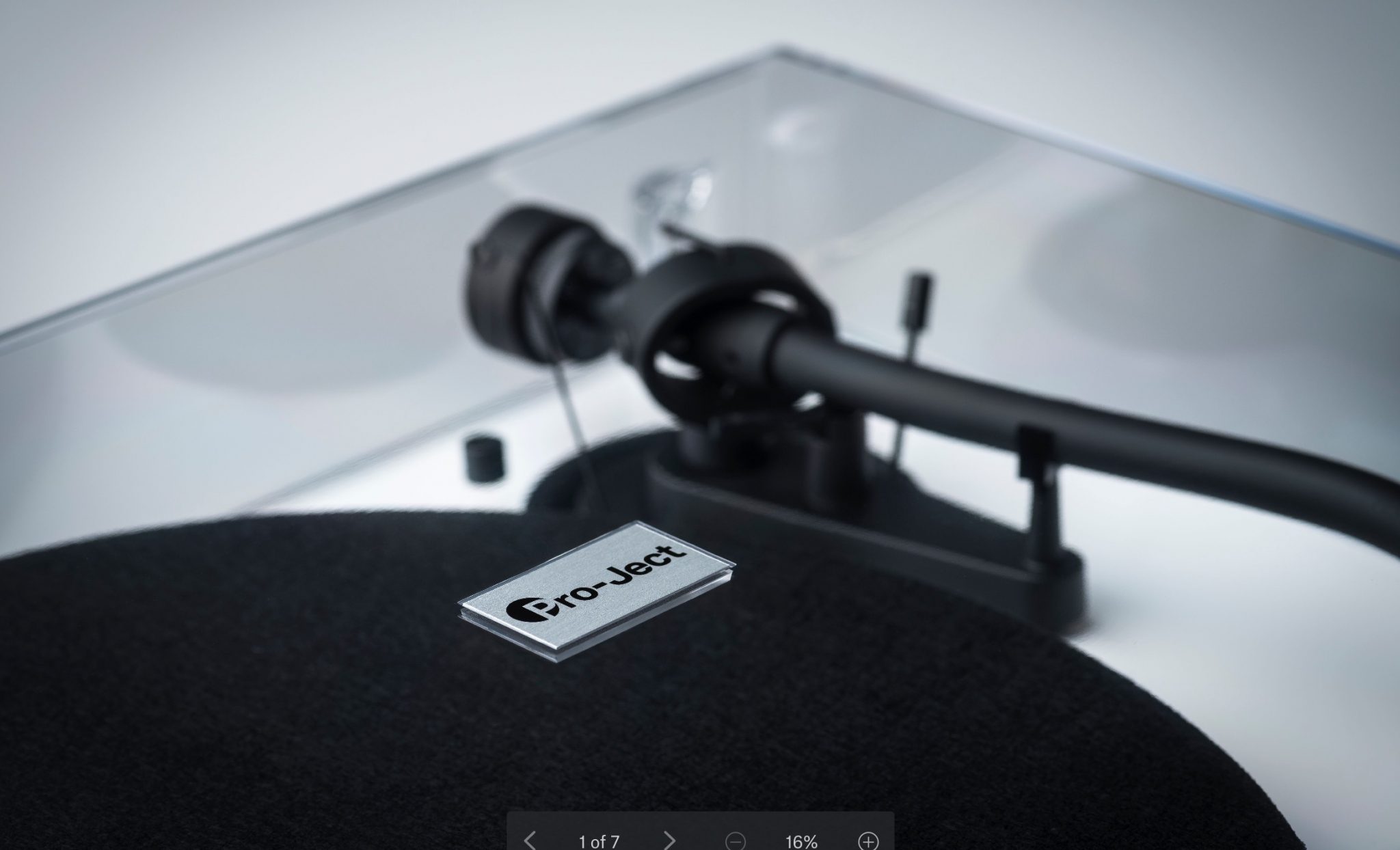
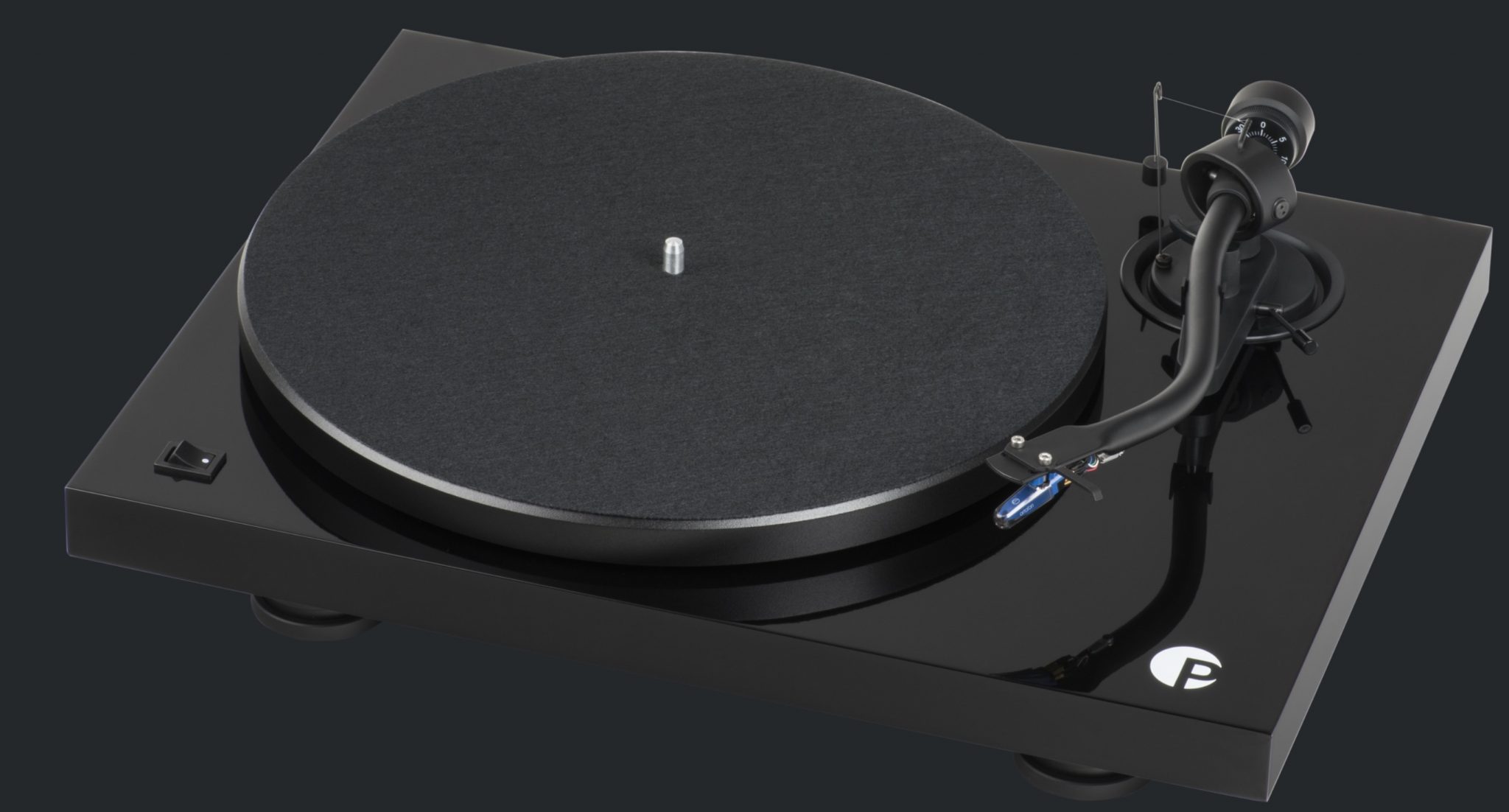


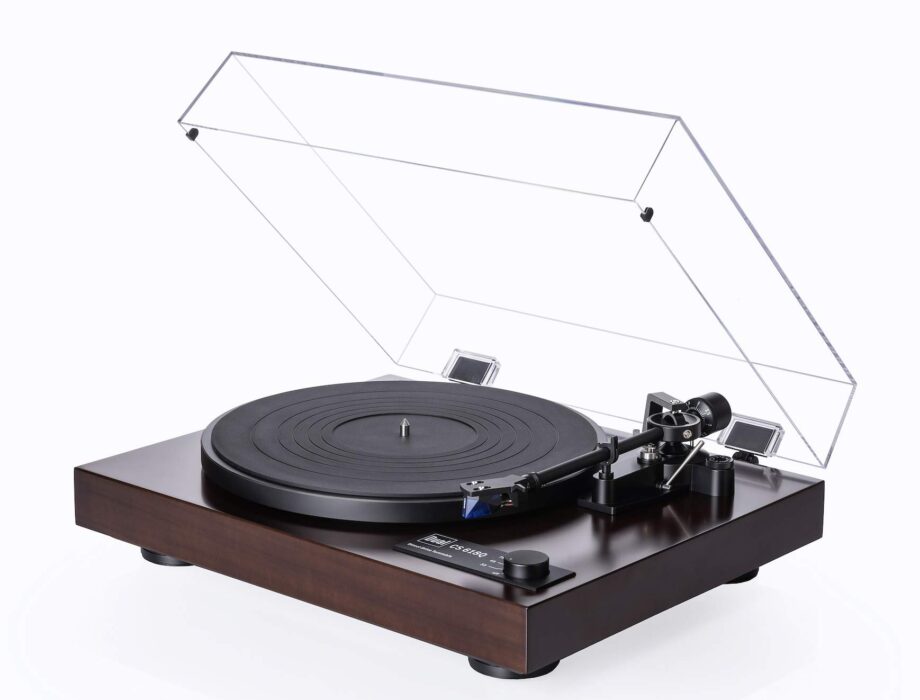
This is what I love hearing and seeing in entry-level high end affordable gear. The owner won’t be blathered into tech coma about set up and upgrades to a 7K player. This can help schmooze some new audio nutz, hands on gear,not wallet.
Any comparisons with rega rp1 and maybe others.
Hi Geoffrey – I would say that it’s superior to the RP1. Not sure about the Planar 1, I have yet to hear the two head to head.
Hi Paul! Thank you so much for your detailed reviews! I’m going to jump-in in this question as I’m currently looking to buy a new TT (upgrading from the entry Audio-Technica) and I’m thorn between the Rega Planar 1 and this Debut III S, I also have in mind the Project T1-BTX and Fluance RT82 (as it has auto-return and Optical speed sensor). I don’t have a pre-amp either for now, so I thought of getting the Planar 1 Plus (It’s on sale for 450 US$ here – maybe it’s worth it?), but after your review, I’m hesitant. I’m looking for a great sound but also a good value and maybe a couple of useful features.
Thank you again in advance for your help!
Hi Anton – the Fluance is a fine turntable but when you stuff extra features like the auto-return inside, then you add vibration and high frequency noise which harms sound quality. If a lifestyle approach is for you then this shouldn’t matter. But if sound is a *priority* then avoid! I’d also encourage you to buy a separate phono amp instead of one built in. Isolating the phono amp from the turntable will enhance sonics tremendously. Even a cheapo Pro-Ject phono amp example will be excellent compared to a built-in model.
A Pro-Ject turntable will provide better value for money, especially as you’re calling from the USA (?) so I’d go for the Debut III S.
Hello.
Is the Debut III S on the same level of the Rega Planar 2?
Not quite, Alberto but then the Planar 2 is more expensive.
seriously considering this as my next turntable but can’t find any for sale online. maybe because I live in the US? but if I google almost any other Pro-ject turntable, I get plenty of results. do you have any idea why this might be? also, on a separate note, do you have any experience with the new Fluance Reference line? i’m also considering the RT85, it’s a beautiful table and I’ve read good things about it so far (and it comes with a couple upgrades that I’d consider anyway). I’m fairly new to vinyl, so any thoughts you can offer are helpful and appreciated. your articles and reviews have been great to read! Thanks!
Hi Nathan – thanks for your question. Let me ask Pro-Ject. I’ll get back to you ASAP. As for Fluance? Actually, I have been talking to the company, it promised to send a turntable or two for review and then…nothing. I’ll give them a nudge. Thanks for the reminder.
Hi Nathan – I have this from my local Pro-Ject office, “Each distributor works with Pro-Ject to build the right profile for their territory. I can‚Äôt speak for the US, but this model is still very much available across the UK and Europe.”
For the USA – you might have more help via: https://www.pro-jectusa.com/en-us/dealer-locator
Hi How does the debut s iii compare to the Project Debut Carbon DC as they’re at a similar price point in the UK and can you buy replacement styli if necessary for the pick it 25a
You got me there, Ian – I have no idea on that one in terms of a A-B sonic test. Looking from afar, though, I can make a few wild assumptions for you 🙂 So take these with a pinch of salt…firstly, I prefer the straight arm of the Carbon in terms of stiffness and acting as a platform for the cart. Then I would pick the 2M Red as my cart of choice over the two (enhancing the mids/treble) and the Carbon is a bit heavier (not by much but still) which may encourage bass response a tad more. So, for me? The Carbon.
Thanks I’m in the market for a new turntable and trying to decide between these two and the Regar Planar 1 or 2 but given that the debut Carbon is down to ¬£299 at the moment it seems like a good option any final thoughts? you mention in another post that the rega 2 is a step up from the s audiophile would you say it’s much of a step up from the carbon DC?
At that price, it sounds like a bargain, Ian 🙂 Sure, go for the Debut.
I already own a debut s/e3 I was wondering if the s s-shaped tone arm on the s model will fit my model, as I believe that this will improve the sound
I’m not aware that the arm is available as a separate item to buy – have you seen it for sale?
It has been mentioned that it is available as a spare part.
I would recommend saving for a turntable upgrade – I think you’d get better value in that way.
Hi Paul. I liked your review. Very informative.
I’m slightly worried about the hum on the project audiophile. I’ve read several reviews and most don’t mention the hum but several times it’s popped up to be a major problem. But mainly torn between the Rega p2 and this. I am on a budget but would maybe pay the difference, for the p2.
I think this one has now been delisted Darren so look out for money-off bargains or, otherwise, head for a Planar 2.